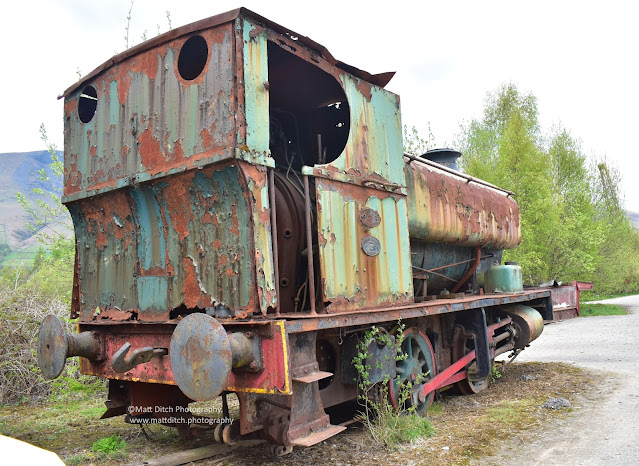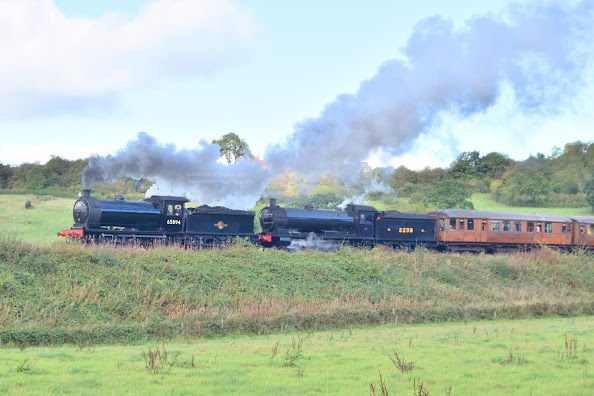Askham Hall - The forgotten Avonside.
Askham Hall - The forgotten Avonside.
Anyone who has visited Threlkeld Quarry in recent years may have spotted the unrestored and sad looking 0-4-0 saddle tank sitting in the lower storage area. This is Avonside No.1772 of 1917 “Askham Hall”. Built by Avonside locomotives works, Bristol. The engine was originally named “Sella Park" a name it carried until Hawthorn Leslie rebuilt it during 1935.
Askham Hall finally became surplus and was donated to Copeland Borough Council who transferred the engine to the Lakeside & Haverthwaite railway near Windermere. It remained there from the late 1970’s to the early 2000’s. It was never steamed while there, instead it was put on static display outside the engine shed with another Cumbrian industrial engine. Andrew Barclay no. 929 of 1902 “Alexandra”, which worked at Millom Ironworks just down the coast from Whitehaven.
After leaving Haverthwaite Askham Hall returned to Whitehaven and was put on display at Haig Colliery Mining Museum, who at the time intended to build a railway on the site linking Haig pit with the Beacon museum located on the harbour at Whitehaven. Askham Hall was not the only loco on site as there were a number of diesel shunters, Hunslet (2389 of1941), Thomas Hill (130c of 1963) and Vulcan Foundry (5262 of 1945). These now reside at the Eden Valley Railway near Warcop.
Askham Hall moved in 2008 to its current resting place at Threlkeld quarry near Keswick. From what I understand it is planned to move Askham Hall to the Eden Valley Railway once they have erected a shed. Hopefully this means the engine can be restored to operational condition, but years of outside storage will make it a costly restoration.









Comments
Post a Comment